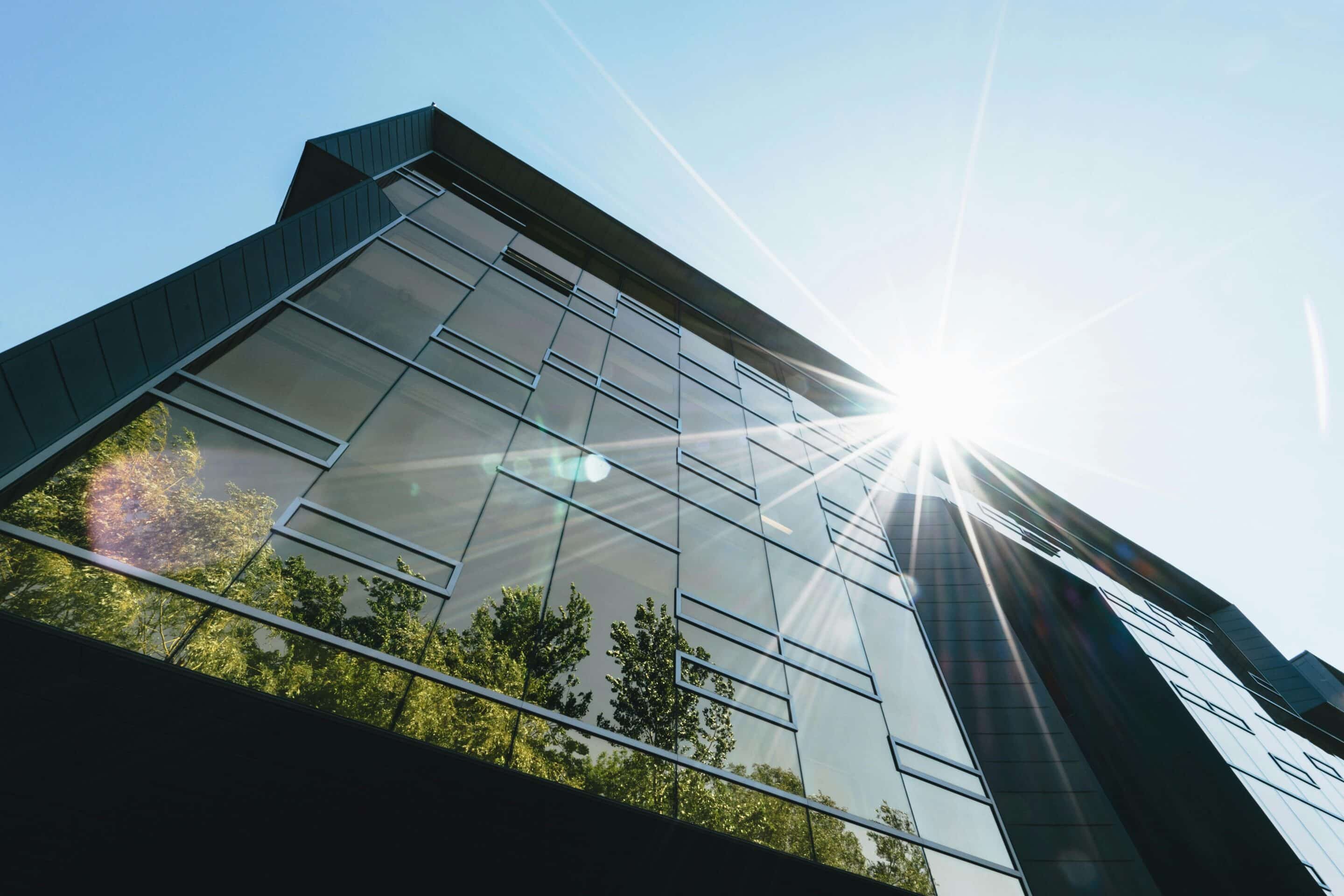In today’s property development landscape, integrating green building and sustainable design principles isn’t just an ethical or environmental choice; it’s a smart financial strategy. Green buildings reduce the overall impact of the environment, by incorporating energy efficiency, water conservation and air quality. For property developers, whether focused on residential development or commercial projects, the financial advantages of adopting sustainable practices are becoming more and more compelling and multi-faceted.
Reduced Operating Costs
Green buildings typically have lower operating costs due to their energy-efficient design. These structures often utilise advanced insulation, energy-efficient windows, and high-performance solar panels that significantly reduce energy consumption. According to studies, green buildings can see a reduction in energy use by up to 30-50%, leading to substantial cost savings over the life of the building.
Higher Property Value & Marketability
Properties with sustainable design features often yield higher prices in the market. Buyers and tenants are increasingly aware of the benefits of green buildings, such as lower utility bills, healthier living environments, and reduced environmental impact. This heightened demand translates into higher resale values and rental rates, ensuring a better return on investment for developers.
Increased Financing Opportunities
Financial institutions are progressively recognising the long-term value of green buildings. Property developers can often access more favourable financing terms for sustainable projects. Some lenders offer lower interest rates or additional funding options for developments that meet certain green building standards. Bridging loans and other property development finance options can also be more accessible for projects demonstrating a commitment to sustainability.
Attractive Incentives & Grants
Governments and local authorities frequently provide financial incentives to encourage green building practices. These can include tax rebates, grants, and subsidies aimed at offsetting the initial costs of sustainable materials and technologies. Leveraging these incentives can significantly reduce the upfront investment required for green projects, improving overall financial feasibility.
Enhanced Tenant Retention
Green buildings are often more attractive to tenants, particularly in the commercial sector. Businesses are increasingly looking to occupy spaces that align with their corporate sustainability goals. This can lead to higher tenant retention rates and reduced vacancy periods, ensuring a steady income stream for property owners.
Long-term Resilience & Risk Mitigation
Sustainable buildings are designed to be more resilient to environmental challenges, such as extreme weathers. By incorporating features like improved insulation, natural ventilation, and sustainable water management systems, these buildings are better equipped to handle the impacts of climate change. This resilience translates into lower repair and maintenance costs over time, further enhancing the financial stability of the investment.
Improved Health & Productivity
Incorporating green building elements like natural lighting, improved air quality, and non-toxic building materials can significantly enhance the health and well-being of occupants. For commercial properties, this can lead to increased productivity and reduced absence, making these spaces more desirable to businesses and organisations.
In conclusion, the financial benefits of green building and sustainable design are substantial. For property developers leveraging a range of funding options, from residential development finance to commercial development finance and bridging loans, incorporating sustainability into projects not only supports environmental goals but also enhances financial performance. By reducing operating costs, increasing property value, and unlocking new financing opportunities, sustainable development stands out as a wise and profitable investment strategy.

